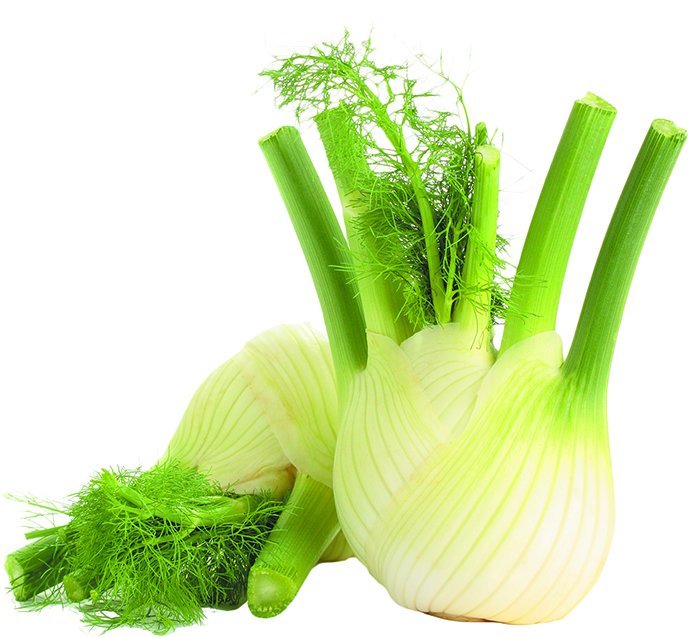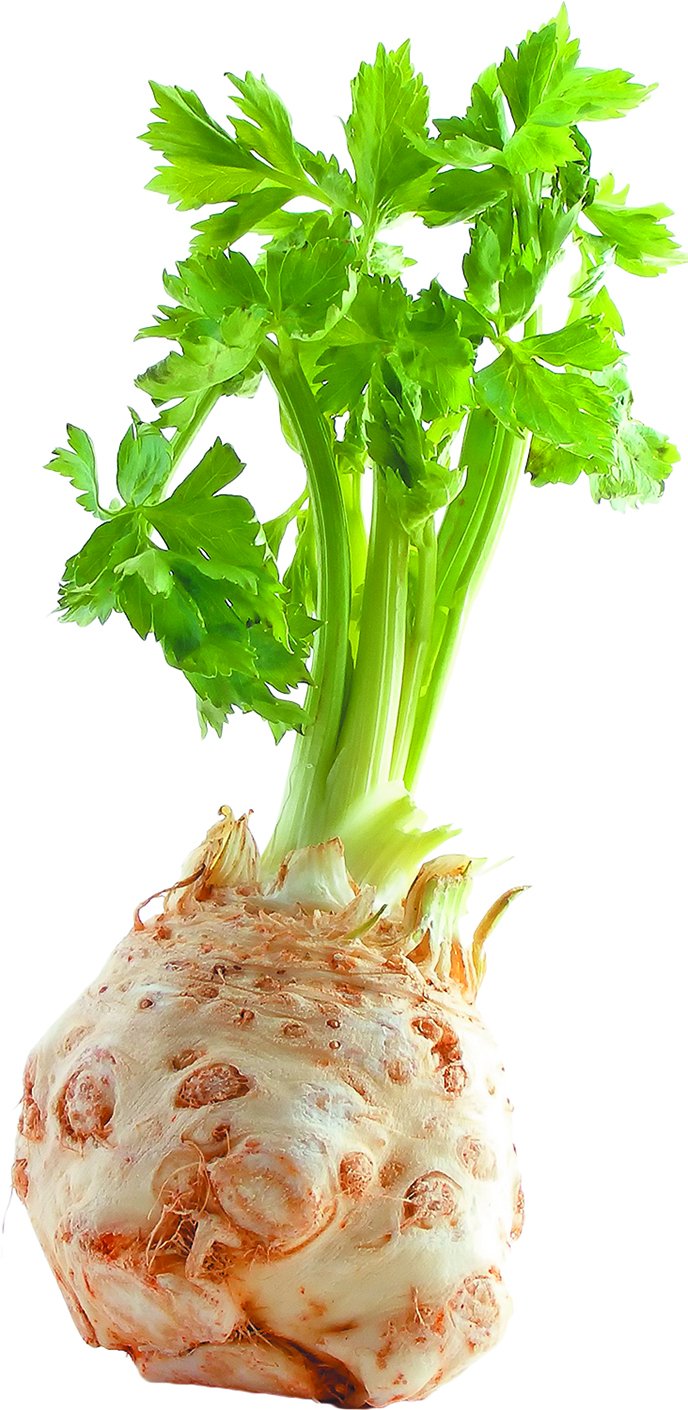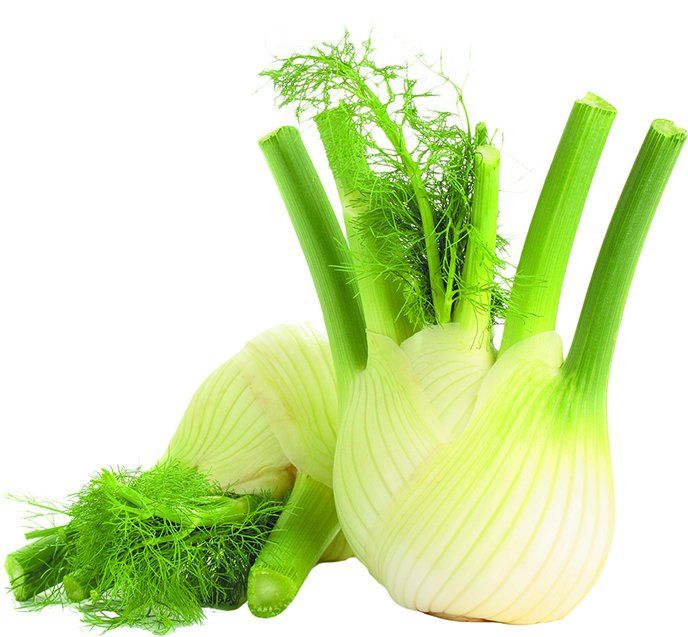Bored with broccoli? Had it up to here with green beans and asparagus? Seen enough carrots and peas to last a lifetime? Maybe you need to branch out a little in the produce aisle.
“Some often-overlooked vegetables deserve a second glance for their nutritional benefits,” says Jeffrey B. Blumberg, PhD, Tufts professor and senior scientist at the HNRCA Antioxidants Research Laboratory. He and Helen M. Rasmussen, PhD, RD, a Friedman School instructor and senior research dietitian at the HNRCA, have put together a list of 10 nutritious veggies too often omitted from grocery carts.
“These may not be as familiar and may take some practice to learn how to prepare,” says Rasmussen, “but they are packed with nutrients and can bring vegetable variety to your meals.”
In no particular order, Blumberg and Rasmussen suggest giving a fresh look to these lesser-known vegetables:
Artichoke
The artichoke packs a nutritional punch, though identifying the edible part is somewhat tricky for the uninformed. The tender artichoke heart is at the bottom of the vegetable. Once steamed, the cactus-like leaves can be eaten by biting down on them and scraping the tender flesh into your mouth. The edible parts of the artichoke contain fiber, folate, lutein, zeaxanthin, potassium, and vitamins K and C. It is very low in calories (64 in one medium artichoke).
Purple Potato
These tubers, which have purple skins as well as flesh, are popular in South America. You’ll most often find the younger, golf-ball-sized ones in supermarkets, even though the mature root can grow to the size and shape of a white potato. The nutritional profile of purple potatoes is similar to that of russet potatoes, with both being good sources of potassium and fiber. (Keep the skins on!) Purple potatoes also contain the flavonoid anthocyanins, which are associated with healthy blood pressure and reduced risk of some forms of cancer.
Dreamstime.com

Fennel
Fennel is a flowering plant related to the carrot family. One half of a bulb is a mere 36 calories, and hits the jackpot in vitamins A, C and K, carotenoids (beta carotene, lutein and zeaxanthin) and potassium. It is also a good source of fiber. While fennel is commonly used in Italian and French cooking, it is often misunderstood and neglected in the US. Is it a vegetable, an herb or a spice? The hollow stalks of fennel are considered an herb, having an appearance similar to dill. They’re usually chopped and sauted, and then added to salads (can also be used raw), soups or vegetables with butter or olive oil. But the part of fennel most commonly used in cooking is the cultivated bulb, called the “Florence fennel.” Its inflated leaf base has a mild anise flavor with a sweeter taste. Sliced Florence fennel can be grilled, roasted or baked.
Dreamstime.com

Celeriac
To the uninformed cook, the first reaction to celeriac, also known as celery root, may be, “Is this a joke?” The appearance of the uncontrolled, massive ball of roots and flesh can make one wonder how it ever became part of any edible table fare. This delicious, earthy, celery-flavored vegetable can be used raw in salads or cooked and mashed along with potatoes. A half-cup serving yields only 21 calories and has plenty of vitamin K and potassium.
Dreamstime.comDreamstime.com

Jerusalem Artichoke
Contrary to its name, the roots of this root vegetable started in North America, where explorer Samuel de Champlain came across it and described its flavor as similar to that of an artichoke. The “Jerusalem” part of its moniker may have come from girasole, the Italian word for sunflower, as this plant is the tuber of a sunflower. Also known as sunchoke, this low-calorie food (55 calories for a half-cup) has piqued the interest of health professionals, because it contains inulin. A starchy compound, inulin is classified as a prebiotic, because it supports the growth of beneficial bacteria in the bowel. Sunchokes are slightly sweet and are often served in stir-fried dishes or chopped raw in salads.
Parsnip
The parsnip is a root vegetable with a culinary history dating back to the ancient Greeks and Romans, who cultivated it. The parsnip is usually eaten cooked—it becomes sweeter that way. However they are prepared, parsnips are a good source of fiber and vitamin C and contain more potassium than many other vegetables.
Dreamstime.com

Okra
A member of the hollyhock family, this vegetable is technically a fruit. Its drought-resistance makes it an attractive food in countries all over the world. It grows wild in Africa, Asia and Australia, and it’s a popular thickening ingredient in gumbo stew. Turned off by the gooey liquid emitted during cooking? Cook the okra separately over a hot fire and then add it to the dish. This low-calorie food (12 calories for five pods) adds flavor to any meal, as well as lutein, vitamin K and potassium.
Collard Greens
Collards are a cruciferous vegetable, from the same family as broccoli and cabbage. These slightly bitter leaves are a staple in Southern cooking, along with kale, mustard greens and turnip greens. They are an excellent source of vitamins C and K as well as dietary fiber. Collards also contain sulforaphane, which may help prevent some forms of cancer, and very large amounts of the carotenoid lutein, which concentrates in the brain and retina. It’s helpful to cut collards into small pieces so they cook more quickly, helping avoid the unpleasant sulfur smell associated with overcooking them.
Dreamstime.com

Romanesco Broccoli
Also known as Romanesque cauliflower, this is an edible flower bud in the cruciferous family and an ingredient in Italian cuisine, though harder to find in America. It has the crunchiness of cauliflower but a delicate, nutty flavor. Its chartreuse color and fractal shape make it an unusual addition to common dishes. Romanesco is a good source of vitamins C and K, fiber, and carotenoids.
Dreamstime.comDreamstime.com

Kohlrabi
This root vegetable tastes similar to a broccoli stem or cabbage heart, but milder and sweeter. It can be consumed raw in salads and slaws or cooked. Kohlrabi is often found in German dishes as well as Kashmiri cuisine. It is an extraordinarily rich source of vitamin C, with one serving providing the full recommended daily value.
WHAT ABOUT FROZEN VEGGIES?
Not all of these overlooked vegetables are widely available frozen, possibly because their lamentable lack of popularity limits the market. But you should be able to find these less-familiar veggies in the frozen-foods aisle at larger or specialty groceries:
– Artichoke hearts
– Parsnips
– Okra
– Collard greens
Almost all of our 10 overlooked vegetables can be frozen at home, however, if you have more than you can eat before they fade. Typically, freezing requires chopping, briefly blanching in boiling water and then icing to stop cooking. Let dry and spread pieces on a cookie sheet to freeze individually, then pour into zip-top bags or vacuum-sealed bags and store in the freezer.
Although your home-frozen veggies might have lost some appeal and nutrition while stored in your fridge, there’s good news about the nutrients in commercially frozen vegetables: Like frozen fruits, frozen vegetables are usually picked at their peak of ripeness and nutritional content. “Freezing in essence is nature’s pause button,” says University of Georgia scientist Ronald Pegg, PhD. “It maintains freshness, slows down enzymatic reactions, increases the time it takes anything to degrade.”
In a study, Pegg and colleagues compared fresh and private-label frozen blueberries, strawberries, broccoli, green beans, corn, spinach, cauliflower and green peas from six local supermarkets. Nutrient levels were analyzed in samples of the frozen produce and in the fresh equivalents when purchased and after the fresh produce spent five days in a kitchen refrigerator. In most comparisons, day-of-purchase fresh and frozen varieties were nutritionally similar. After five days, however, the fresh produce lost vitamin content, especially vitamins A and C and folate.
Two similar studies sponsored by the British Frozen Food Federation included more than 40 comparison tests of fresh versus frozen produce. In two-thirds of the tests, frozen fruits and vegetables had higher levels of vitamin C, total antioxidant polyphenols, lutein, beta-carotene and anthocyanins than fresh produce after refrigerated storage.
Autumn harvest brings a delicious bounty of healthy vegetables. Depending on where you live, look for these nutrition-packed veggies this fall in farmers markets:
– Brussels sprouts
– Squash and pumpkins
– Swiss chard
– Sweet potatoes
– Endive
– Broccoli
– Cauliflower
– Cabbage
– Tomatoes
























